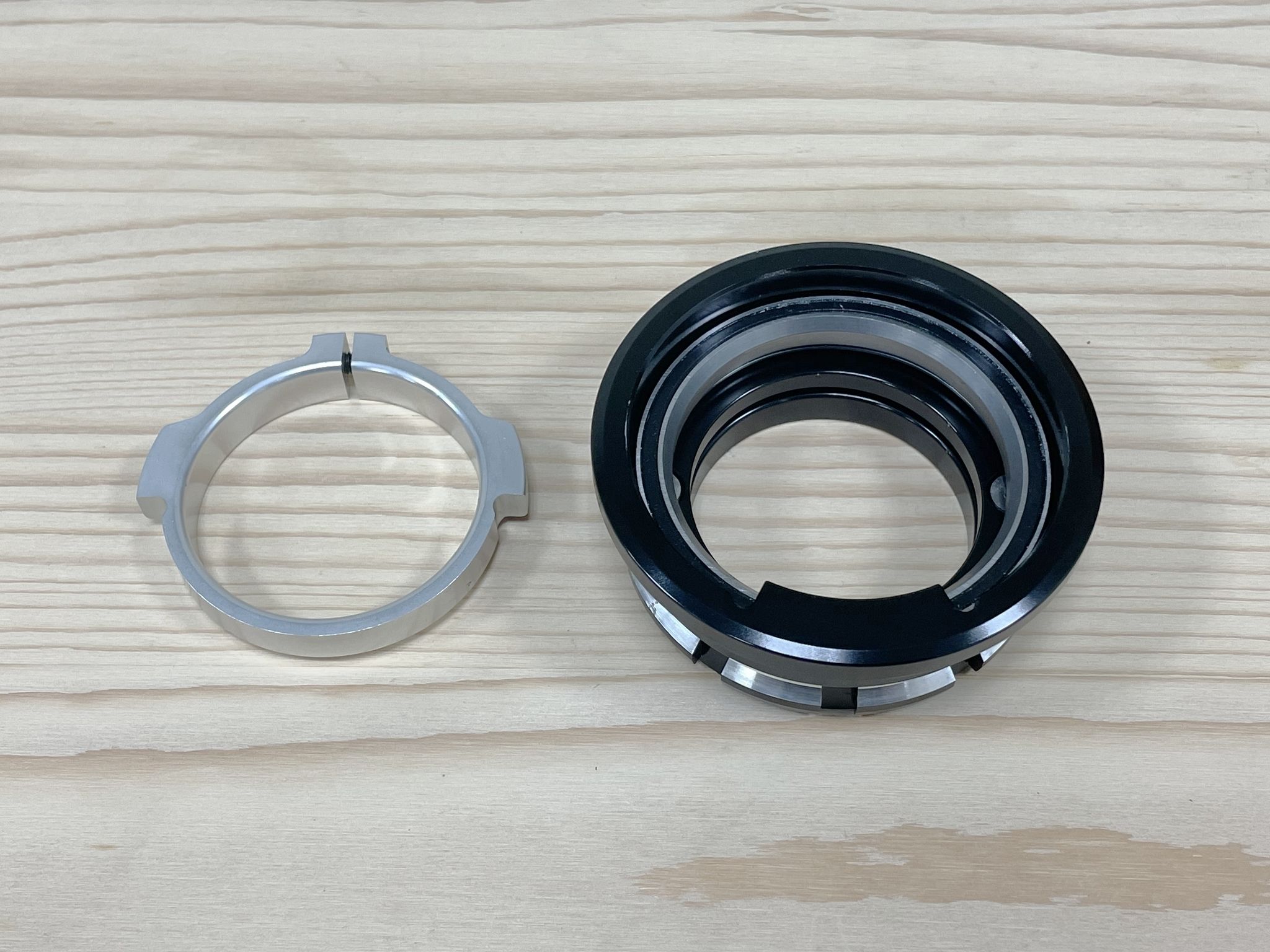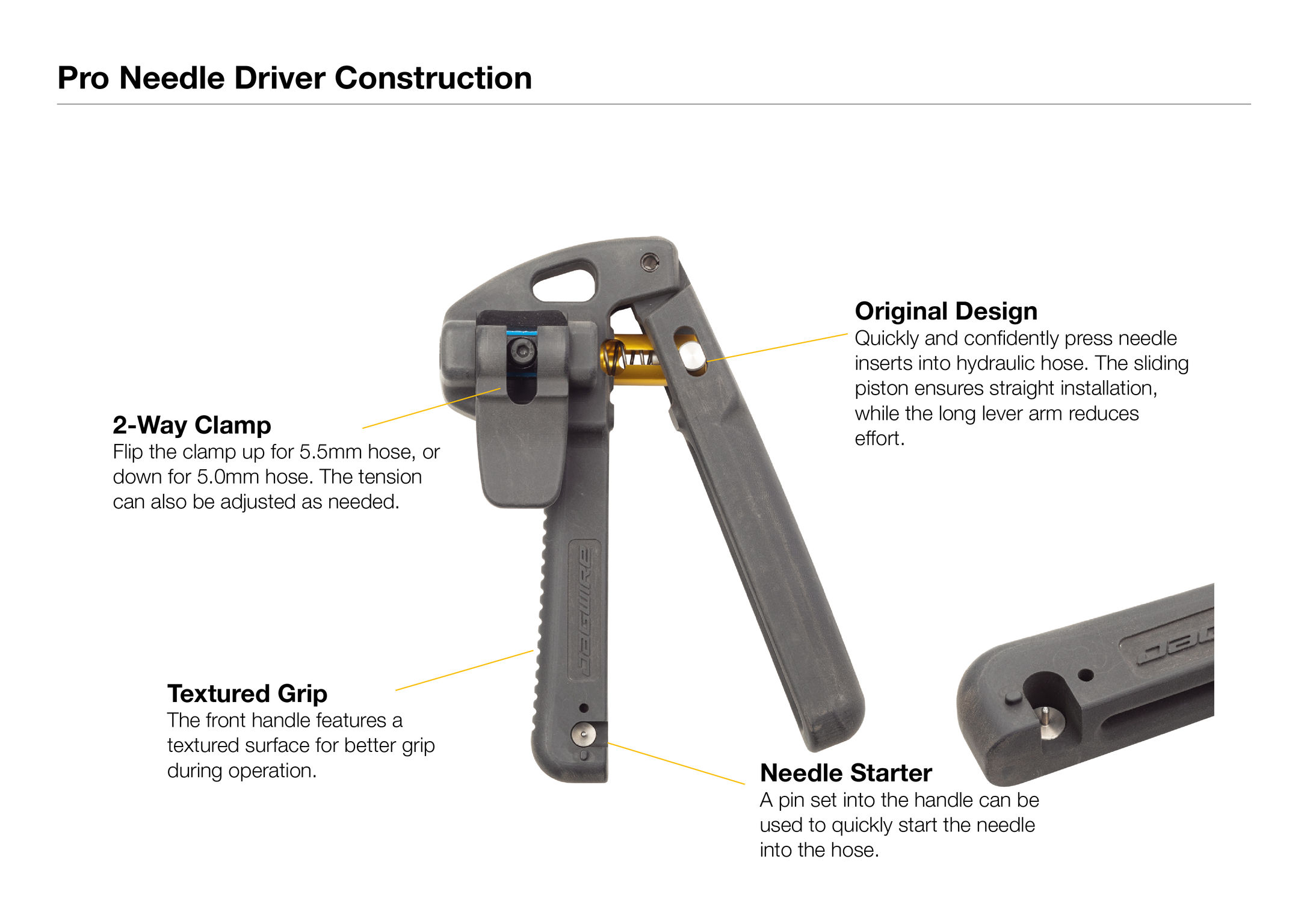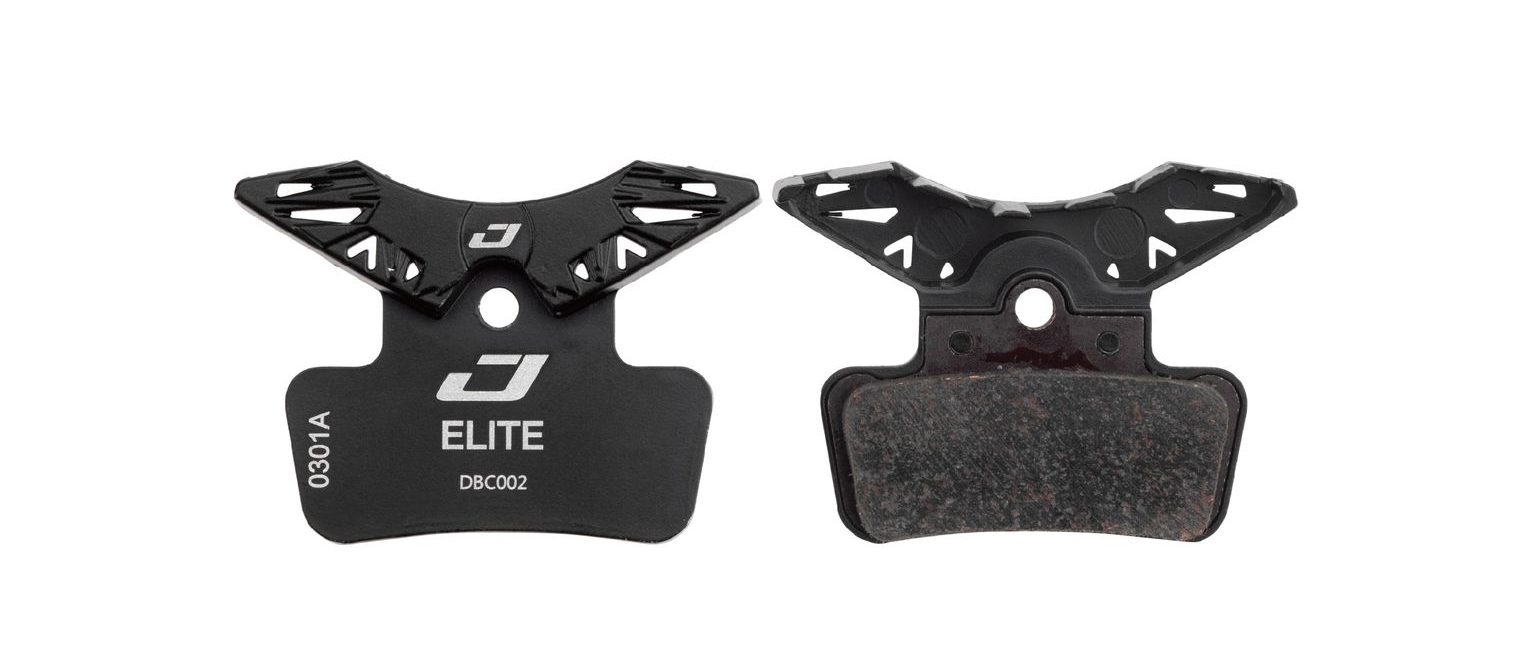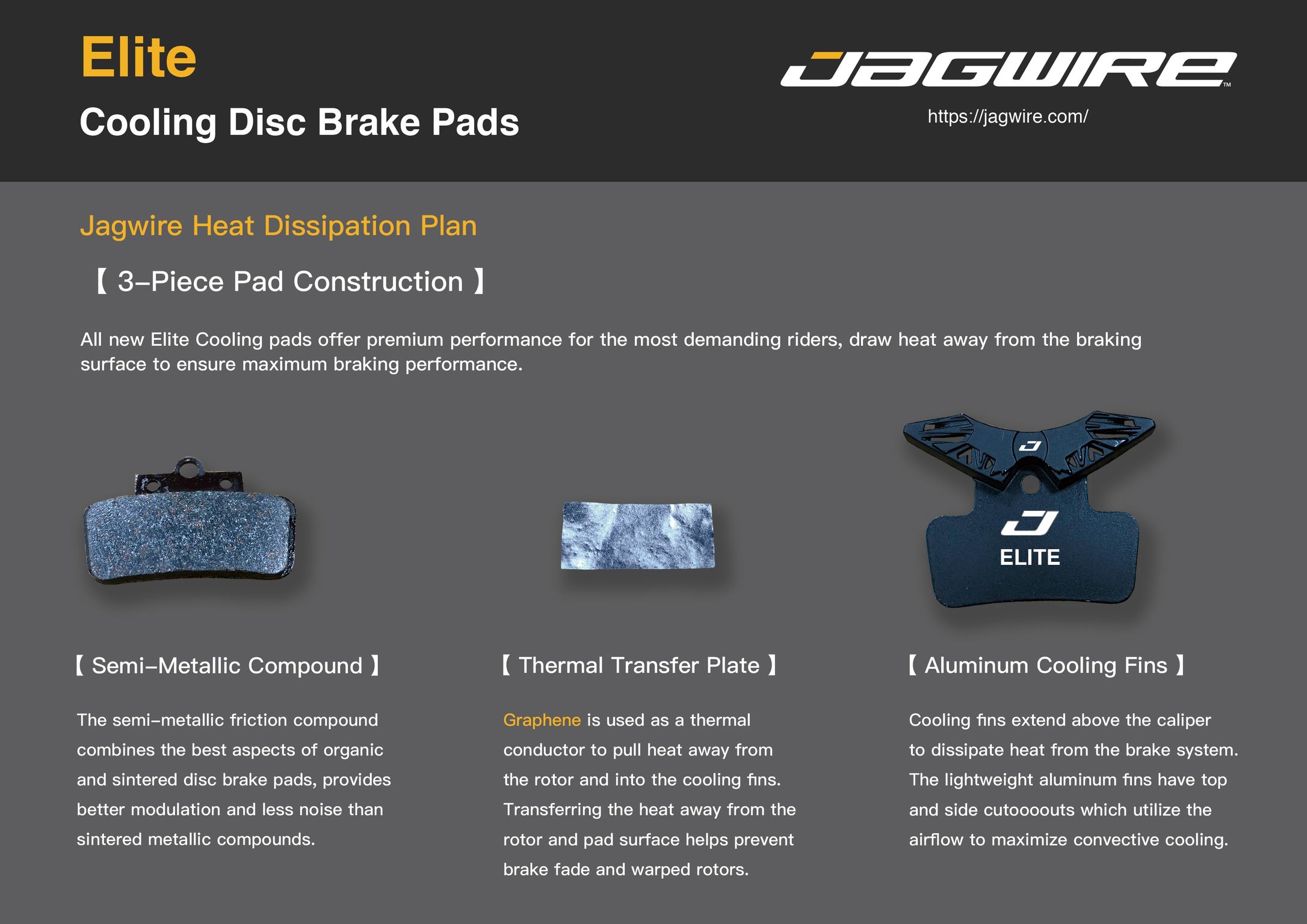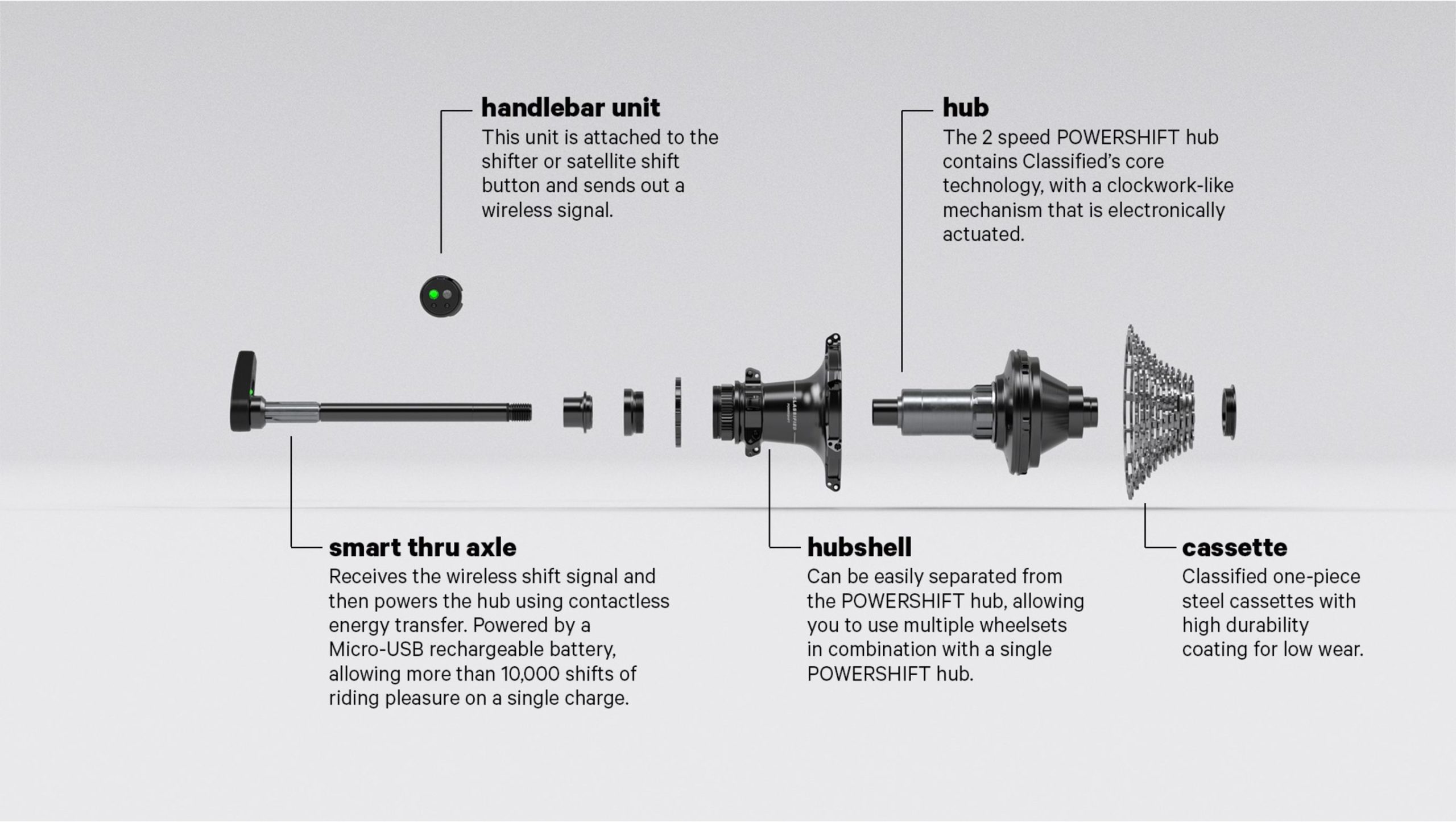Continuing our digging through the 2021 Taipei Cycle d&i awards, here are a few more new products worth a look (and apparently, an award).
First up is the Token Block headset which is an interesting take on the headset stop. Physical stops in a headset can prevent damage to your frame or bike by keeping your handlebars from over-rotating. Normally, those stops are built into the headset upper. That can be a problem for bikes with special headset uppers like those used for internal cable routing on aero road bikes.
The Token Block offers a fix by incorporating a headset stop into the lower part of the headset instead. While specifics aren’t given, it’s part of a semi-integrated headset lower that include an alloy cup and crown race that are “locked in place mechanically after installation.” Better yet, everything can be easily removed without damage to the steerer or headtube. The rotation restriction is apparently customizable meaning you can set how far you can turn the bars before the stop engages.
Jagwire Pro Needle Driver Tool & Elite Cooling Brake Pad
Jagwire always seems to have cool stuff when it comes to brakes and brake tools, and this year is no different. Their new Pro Needle Driver looks like it will provide a better way to drive unthreaded needle inserts or barbs, into the end of hydraulic brake hoses. The two way clamp is designed to work with both 5.0 and 5.5mm brake hoses, with adjustable tension for odd hoses. There’s also a Needle Starter Pin for initially setting the insert into the hose.
Going home with two awards, Jagwire was also recognized for their new Elite Cooling Disc Brake Pads. Built with a three piece construction, the brake pads apparently use a graphene thermal transfer plate to help pull heat from the semi-metallic brake pads to the aluminum cooling fins.
Classified Powershift
This one comes as no surprise. The Classified Powershift system is very interesting, and has the potential to add another dimension to road and gravel gearing. If you haven’t checked out our previous posts, the Powershift system essentially hides a front derailleur inside your rear hub. That gives you 2x range, but with a 1x setup at the crank.

